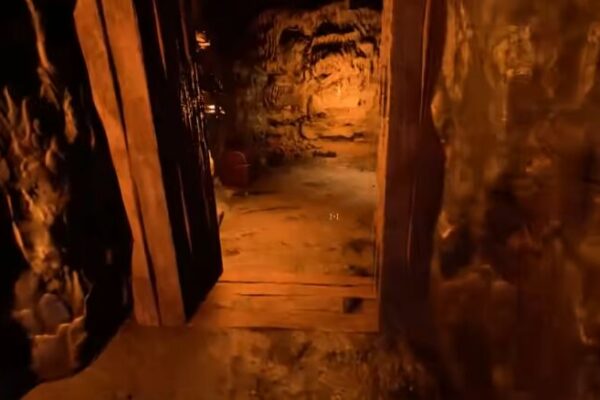Extraction-based games often fall into two overarching styles, each shaping the player experience in distinct ways. The first style presents an open map without forced player interaction, exemplified by games like Tarkov. In this format, large maps boast scattered loot, with high-activity zones surrounding valuable loot locations. Player choices range from venturing into active areas at the risk of encounters to adopting a stealthy “rat” approach, avoiding players altogether. The absence of forced player interaction allows players of varying skill levels to find success, rendering matchmaking non-essential.
On the flip side, the second style, illustrated by games like Hunt: Showdown, features large maps with sparse loot outside of specific objectives. These objectives, often limited in number, almost guarantee player interaction. Opting out of participating in the objectives is generally counterproductive, as minimal loot is acquired otherwise. Matchmaking becomes a necessity in this scenario, as PvP is integral to progression. Consequently, systems are implemented to assist less skilled players in engaging effectively with the game.
Dark and Darker currently aligns with the second category, where player interaction is compelled by the game’s mechanics. This demands the implementation of systems to support new players and ensure their involvement in the game. Unleashing all player types into high-risk (HR) lobbies indiscriminately could deter many players, underscoring the need for a thoughtful approach to matchmaking.
While acknowledging the necessity for systems to help new players navigate the game, the existing matchmaking in Dark and Darker has drawn criticism. A suggestion is made for the game to follow the Tarkov path, eliminating matchmaking and relying on subtler mechanics to guide players. For instance, certain actions could produce more noise, helping new players avoid encounters without compromising the core essence of the game.
A notable concern highlighted is the perceived inadequacy of the MMR (Matchmaking Rating) system. Criticism centers around the system becoming problematic after the initial few games, particularly following a rank-up. The disparity in gear becomes pronounced, with players encountering opponents significantly better equipped. This situation raises the contention that, in a gear-centric game where damage is influenced by equipment, gear takes precedence over skill.
The argument is further underscored by the assertion that even if the MMR system were effective in matching skill levels, it neglects the significant impact of gear. This oversight diminishes the relevance of skill when a substantial gear discrepancy exists between players. The anecdote of encountering opponents with gold gear while the player possesses at best greens and whites exemplifies this predicament.
Contrastingly, instances are mentioned where the player and their friends, adequately equipped with full kits, easily dominate lobbies against less-equipped opponents. This highlights the apparent flip side of the gear-centric equation, where superior gear can lead to a dominance that surpasses skill differentials.
In conclusion, the divergence in extraction-based game styles presents a unique challenge for game developers in finding the right balance. The choice between open maps with optional player interaction and those forcing it upon players requires nuanced considerations. Addressing the concerns raised about the MMR system and matchmaking in Dark and Darker will likely be crucial in ensuring a balanced, enjoyable experience for players of all skill levels. As the gaming landscape continues to evolve, refining these systems will be pivotal to maintaining the engagement and satisfaction of the player base.
More MMR system info. sharing with you. Buying Dark and Darker Gold in mmoexp.com, you can get the best off and service. Hurry up.


